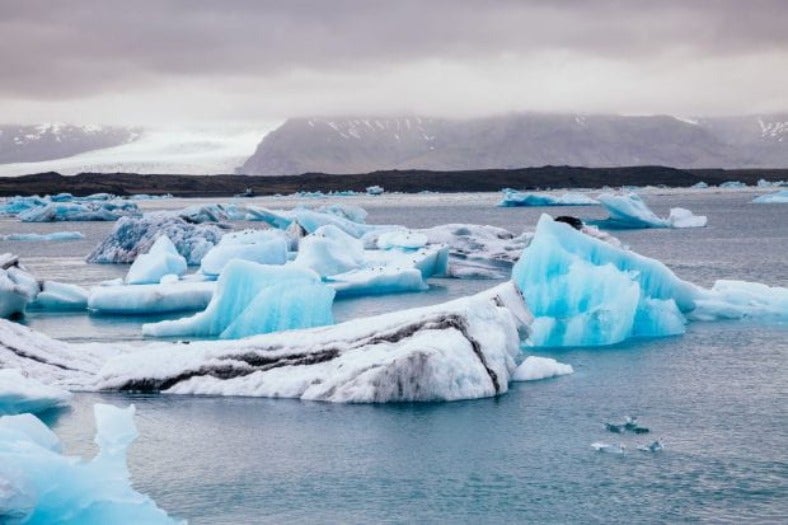How does ice melted by climate change in Greenland hit the shores of Honolulu?
A new project funded by the National Science Foundation's EAGER (Early Concept Grants for Exploratory Research) program and led by Rice University anthropologist Cymene Howe will explore how warmer temperatures in one part of the world are affecting communities on other continents. Specifically, Howe will study how melting in Iceland and Greenland impacts Honolulu and Cape Town, South Africa.
The project utilizes a new NASA modeling tool developed by a team of physicists, a gradient fingerprint map (GFM), that calculates what parts of the world’s glaciers and ice sheets are contributing to sea level rise in 293 coastal cities.
"The GFM model shows us that Cape Town is more affected by Icelandic melt than any other coastal city," said Howe, a professor of anthropology at Rice. "Similarly, Honolulu is the U.S. city most impacted by the ice loss in Greenland."
Howe will also introduce the idea of hydrological globalization — or how the planet's water interconnects everything living around the world, much in the same way international businesses or organizations have an impact on a global scale.
"These changes to the world's water may come in the form of sea level rise, groundwater quality, extreme weather or the collapse of ice sheets," Howe said. "Regardless of how these changes appear, they are expected to accelerate because of climate change."
Similar to how traditional globalization studies have "followed" commodities, migrants or flows of information to illustrate connections between humans, Howe's study of hydrological globalization will focus on how Earth's water is being redistributed and how societies are responding to these changing conditions, including severe weather.
In addition to identifying solutions to help people deal with the impacts of climate change, Howe hopes the study will continue to raise awareness about its negative impacts. In later phases of the project, she will develop a program called “Sibling Cities of the Anthropocene” to highlight the emerging connections between distant places being affected by environmental changes.
"Whether we are experiencing the melting of the world around us, as people in the Arctic are, or whether we are feeling the effects of sea level rise and extreme storms, we are all increasingly tied together by these experiences, even if they are happening in very different places and coming in different forms," Howe said. "Recognizing that shared sense of precarity will get us closer to finding solutions to it."
For more information on Howe's research, visit https://www.cymene.xyz.

